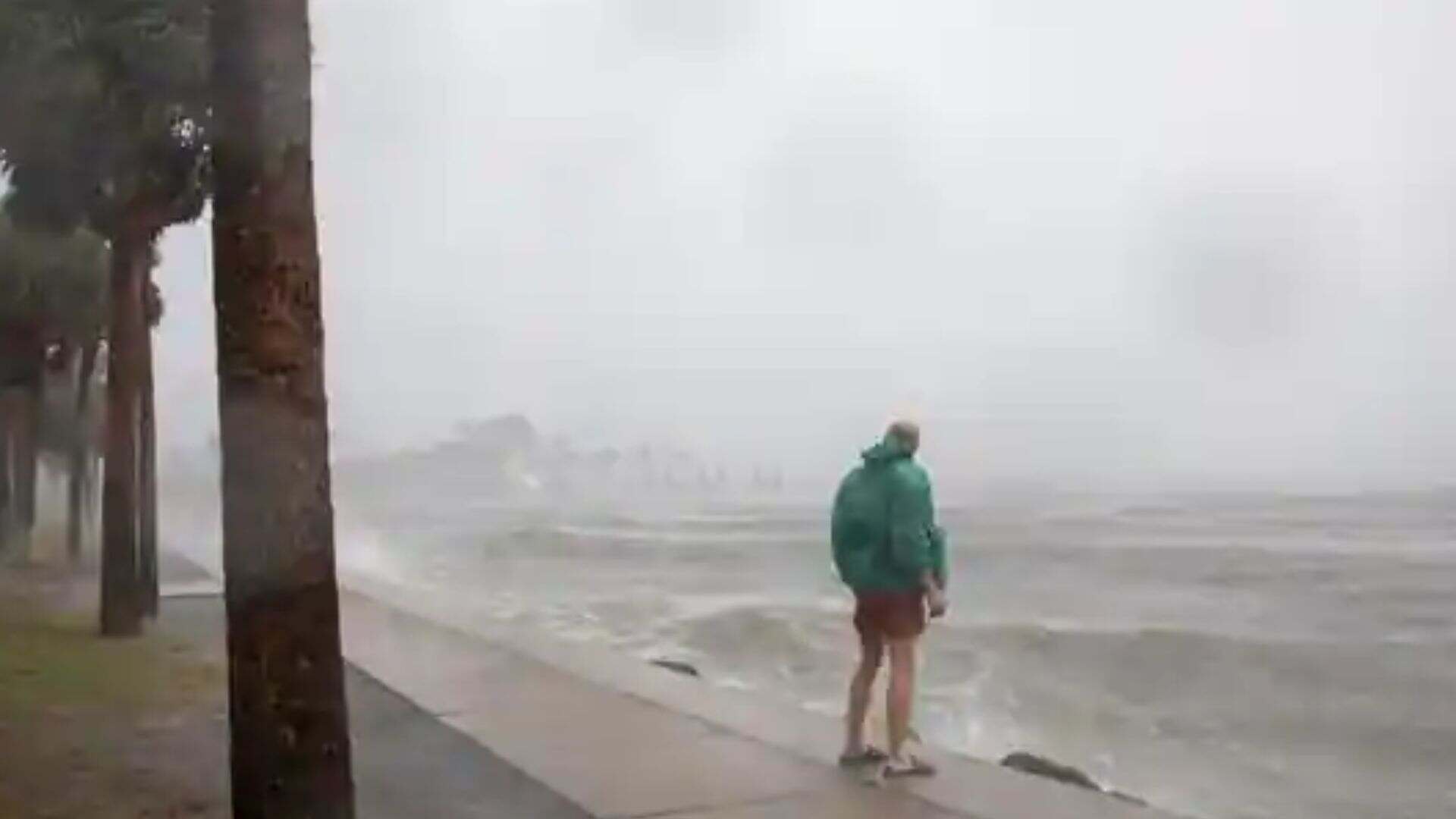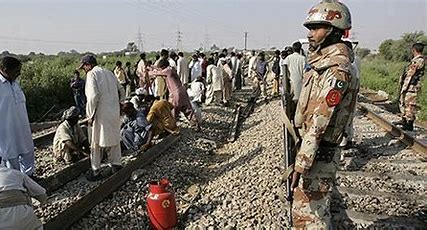
Hurricane Milton made landfall in Florida on Wednesday as a powerful Category 3 storm, bringing winds of over 100 mph (160 kph) and spawning tornadoes across the state. Though Tampa escaped a direct hit, the storm delivered devastating impacts to other areas.
The storm’s maximum sustained winds reached 120 mph (205 kph) when it struck near Siesta Key at 8:30 p.m., as reported by the National Hurricane Center in Miami. Siesta Key, a popular beach destination 70 miles (112 kilometers) south of Tampa, was right in the hurricane’s path. As the storm swept through, areas like Tampa, St. Petersburg, Sarasota, and Fort Myers were threatened by life-threatening storm surges.
The hurricane’s heavy rainfall also raised concerns about inland flooding along Florida’s rivers and lakes. As Milton crossed the Florida peninsula, it was forecasted to remain a hurricane until it reached the Atlantic Ocean on Thursday.
More than 1 million homes and businesses were left without power by Wednesday night, with Sarasota and Manatee counties among the hardest hit, according to poweroutage.us, which tracks outages.
Hurricane Milton struck while Florida was still recovering from the impacts of Hurricane Helene, which caused severe damage to coastal areas and resulted in 12 deaths in Pinellas County. Authorities had issued urgent evacuation orders, warning residents of the deadly risks.
Cathie Perkins, the emergency management director of Pinellas County, emphasized the urgency: “This is it, folks. Those of you who were punched during Hurricane Helene, this is going to be a knockout. You need to get out, and you need to get out now.”
However, by late afternoon, some counties began suspending emergency services, and officials advised people to stay put if they hadn’t already evacuated. Polk County’s emergency management director, Paul Womble, urged residents to “hunker down” unless they had a critical reason to leave.
Several tornadoes, triggered by the hurricane, were reported across the state. Social media users shared footage of large funnel clouds over neighborhoods in Palm Beach County and other areas.
Milton’s powerful winds and heavy rain also posed a threat to communities already devastated by Hurricane Helene two weeks prior. Local governments worked frantically to clear debris to prevent further damage from Milton’s impact.
In Tampa Bay, the storm surge was projected to reach up to 9 feet (2.7 meters). The famous Sunshine Skyway Bridge, which spans the bay, was closed by midday, along with other major bridges in the region.
Jackie Curnick, a Sarasota resident, shared her struggle to decide whether to evacuate with her husband and two-year-old son, especially with a baby due in late October. “We started packing to leave, but we couldn’t find any hotels, and the ones we did find were too expensive,” she said, explaining how evacuation from Florida can be challenging with limited routes out of the state.
As the storm intensified, Governor Ron DeSantis held a press conference outlining the state’s preparation efforts. More than 9,000 National Guard members, utility workers from across the country, and patrol officers were deployed to assist with evacuations and power restoration. “Unfortunately, there will be fatalities,” DeSantis warned, noting the storm’s strength.
By Wednesday evening, Hurricane Milton was centered 20 miles (30 kilometers) west-southwest of Sarasota, with winds of 120 mph (195 kph). The storm was moving northeast at 15 mph (28 kph), slightly slower than earlier in the day.
The hurricane brought heavy rainfall across southern Florida, with some areas expected to receive as much as 18 inches (46 centimeters) of rain, raising the risk of catastrophic flooding. Tornadoes added to the danger, with one twister touching down in the Everglades and crossing a major interstate.
Mandatory evacuation orders were issued for 15 counties, affecting about 7.2 million people. Officials warned those who remained to expect long power outages and limited emergency response capabilities.
In Charlotte Harbor, which had already been flooded by Helene, residents scrambled to leave. Josh Parks, an auto technician, packed his belongings and prepared to flee to his daughter’s inland home. “I told her to pack like you aren’t coming back,” he said, reflecting on the severity of the storm.
Airlines canceled nearly 1,900 flights on Wednesday, while popular attractions like SeaWorld, Walt Disney World, and Universal Orlando closed their doors.
With gas supplies running low in Tampa and St. Petersburg, Governor DeSantis reassured the public that tankers escorted by highway patrol were working to refill stations.
As the storm loomed, some residents, like Christian Burke and his mother, decided to stay put in their Category 5-designed home overlooking the bay. Despite the storm’s dangers, Burke acknowledged their choice, stating, “I’m not laughing at this storm one bit.”















